Government Policies and Incentives
Government policies and incentives are playing a pivotal role in shaping the Future Of Batteries Market. Many countries are implementing regulations and financial incentives to promote the adoption of electric vehicles and renewable energy solutions. For instance, tax credits and subsidies for battery manufacturers and consumers are becoming increasingly common. These initiatives not only stimulate demand for advanced battery technologies but also encourage investment in research and development. As a result, the Future Of Batteries Market is likely to benefit from a favorable regulatory environment that fosters innovation and accelerates the transition to sustainable energy solutions.
Rising Demand for Electric Vehicles
The Future Of Batteries Market is experiencing a notable surge in demand for electric vehicles (EVs). As governments and consumers increasingly prioritize sustainability, the shift towards EVs is becoming more pronounced. In 2025, it is estimated that the EV market will account for approximately 30% of total vehicle sales. This transition necessitates advanced battery technologies, particularly lithium-ion and solid-state batteries, which are essential for enhancing vehicle range and performance. Consequently, the demand for high-capacity batteries is expected to drive innovation and investment in the Future Of Batteries Market, as manufacturers strive to meet the evolving needs of the automotive sector.
Growth in Renewable Energy Storage Solutions
The Future Of Batteries Market is poised for growth due to the increasing reliance on renewable energy sources. As solar and wind energy become more prevalent, the need for efficient energy storage solutions is paramount. Batteries play a critical role in storing excess energy generated during peak production times for use during periods of low generation. By 2025, the energy storage market is projected to reach a value of over 20 billion dollars, with batteries being the cornerstone of this growth. This trend not only supports the transition to cleaner energy but also propels advancements in battery technology, thereby enhancing the Future Of Batteries Market.
Technological Innovations in Battery Chemistry
Technological advancements in battery chemistry are significantly influencing the Future Of Batteries Market. Innovations such as lithium-sulfur and solid-state batteries promise to deliver higher energy densities and improved safety profiles compared to traditional lithium-ion batteries. These developments are crucial as they address the limitations of current battery technologies, such as energy capacity and charging times. As research and development efforts intensify, the market is likely to witness a shift towards these next-generation batteries, which could potentially reshape the landscape of energy storage and consumption in various sectors, including automotive and renewable energy.
Increasing Consumer Awareness and Demand for Sustainability
Consumer awareness regarding environmental issues is driving demand for sustainable products, including batteries. The Future Of Batteries Market is witnessing a shift as consumers increasingly prefer products that are eco-friendly and ethically sourced. This trend is prompting manufacturers to explore sustainable materials and recycling methods in battery production. By 2025, it is anticipated that a significant portion of consumers will prioritize sustainability in their purchasing decisions, influencing the types of batteries that gain market traction. This growing demand for sustainable solutions is likely to catalyze innovation and reshape the Future Of Batteries Market.


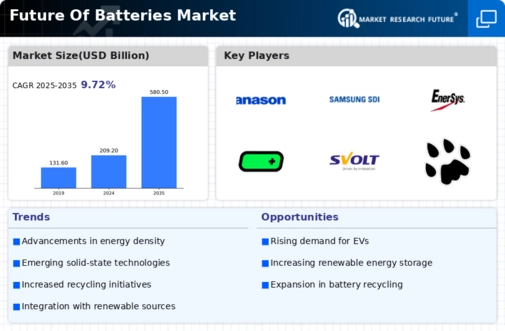
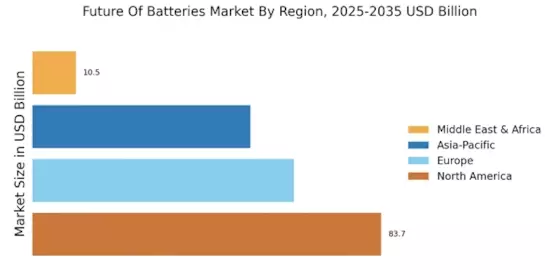


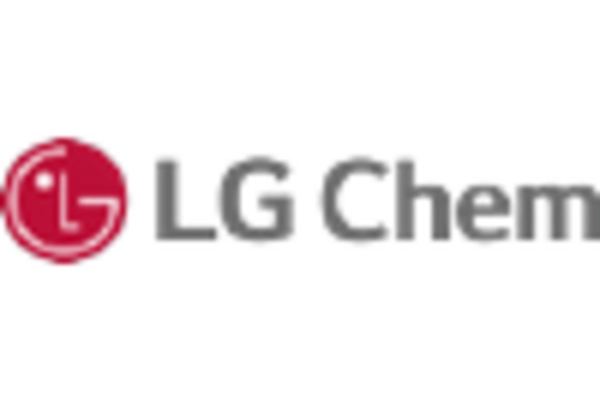
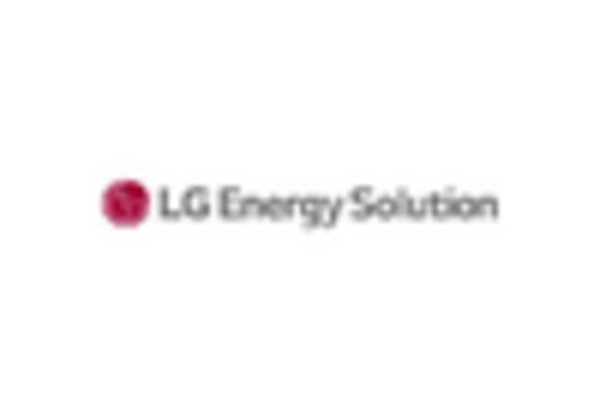
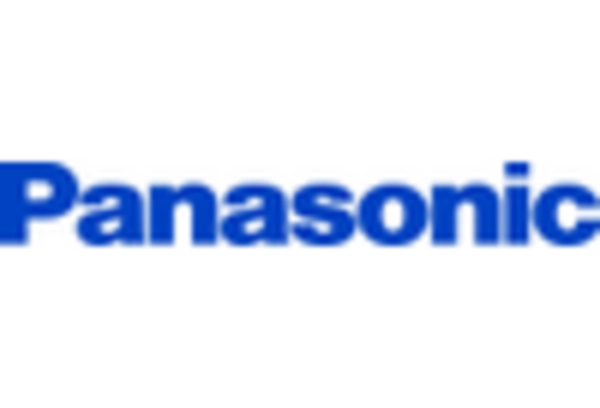
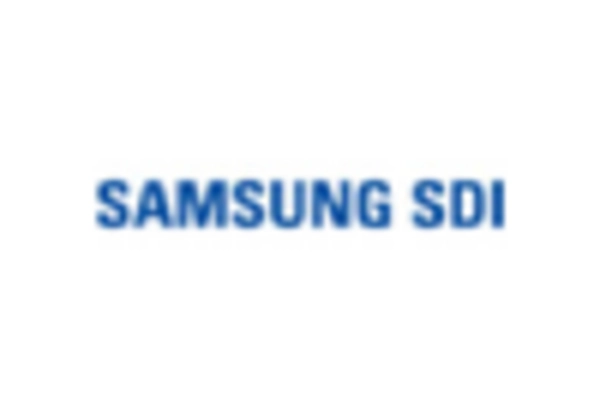
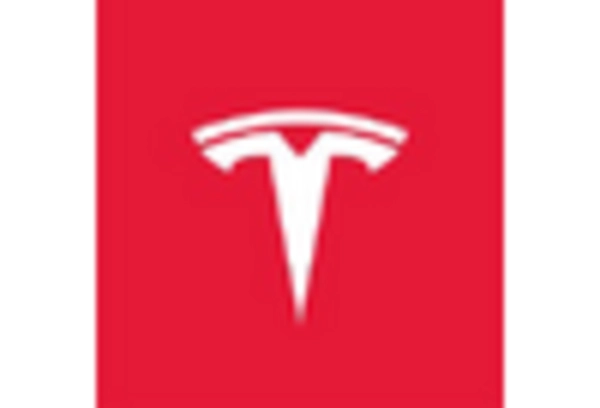








Leave a Comment